Imagine a moment when the right set of strings transforms your lap steel guitar from a mere instrument into an extension of your soul. As someone who has spent years fine-tuning the nuances of my musical craft, I understand that choosing the right lap steel guitar strings can be both an art and a science. In my quest for the perfect sound, I have discovered that the materials, brands, and types of strings we select significantly influence our musical expression.
This guide delves into the intriguing world of lap steel guitar strings, exploring top brands and providing detailed recommendations. I’ll share insights on why specific strings make a difference and how tuning variations demand particular choices. Whether you’re looking to elevate your playing or simply replace worn-out strings, this comprehensive resource is designed to lead you to the best possible sound for your unique style. Let’s embark on this musical journey together.
What are Lap Steel Guitar Strings?
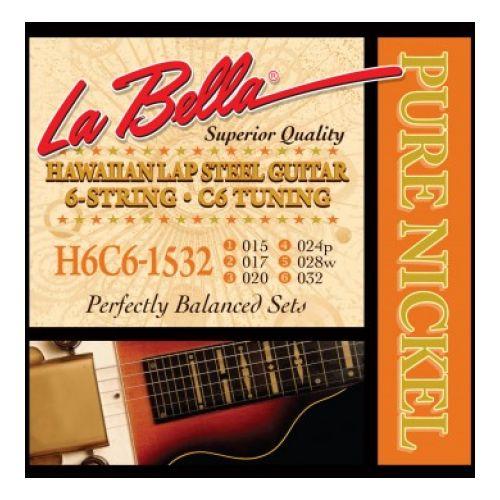
Have you ever wondered why lap steel guitar strings are different from regular guitar strings? As someone who has dedicated years to understanding the intricacies of instrument acoustics, I can share insights that reveal the engineered brilliance behind these unique strings. Lap steel guitar strings are crafted to complement the technique and sound production of playing in a horizontal position, lying across the musician’s lap or a stand. This setup demands strings that can support and enhance slide techniques, producing that unmistakable, resonant twang central to lap steel music.
The strings themselves differ significantly from conventional guitar string sets. They are typically heavier, with both gauge and tension tailored to accommodate the increased lateral pressure exerted by the slide. It’s important to note that the choice of lap steel guitar strings can significantly affect tonal quality and playability. This is where specific string brands come into play, each offering unique compositions and attributes that cater to varied musical styles and preferences.
Through my rigorous research and personal experience, I’ve found that selecting the right set involves balancing factors such as string gauge, material, and intended tuning. Each of these elements contributes to the melodious outcome desired by the player, making informed choices not just a matter of personal taste, but a key to unlocking the full potential of the lap steel guitar.
Why Choose Specific Strings for Lap Steel?
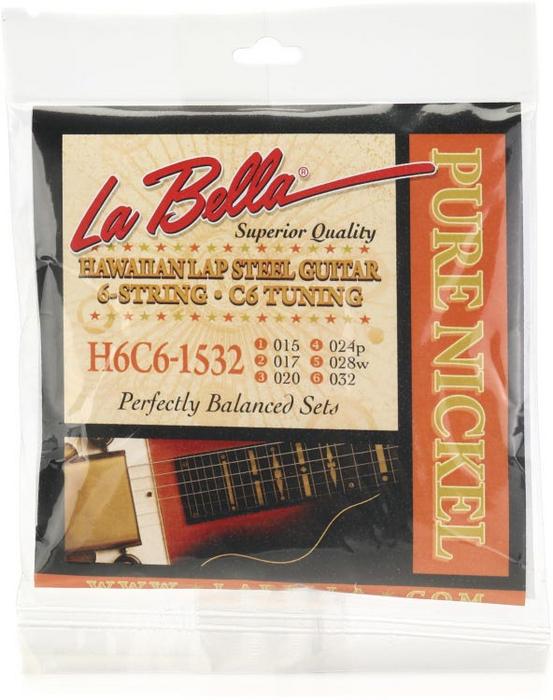
Choosing the right strings isn’t just a preference; it’s essential for the performance of your instrument. Why is that? From my years of experience as a lap steel player and enthusiast, I’ve learned that the strings you select are the bridge between your musical intent and the sounds your guitar produces. Their importance can’t be overstated. The tension of the strings not only affects tonal quality but also how the instrument responds to your touch. String tension recommendations are pivotal, not just for sound quality but for playability and maintenance as well.
In my early years of playing, I overlooked the impact of string choices, often sticking with the same generic sets. However, as I delved deeper into the nuances of sound production, it became clear that each set of strings held unique properties that could coax different voices from my lap steel. Heavier strings might provide more volume and sustain, but they demand more effort and can stress the instrument over time, impacting its longevity. On the flip side, lighter strings offer ease of play, enhancing fluidity in fast passages, but might sacrifice the punch needed in certain styles.
Ultimately, understanding how your string choice aligns with your playing style and maintenance preferences can revolutionize your lap steel experience, turning it into an extension of your musical expression.
Who Makes the Best Lap Steel Guitar Strings?
Top Brands and Their Features
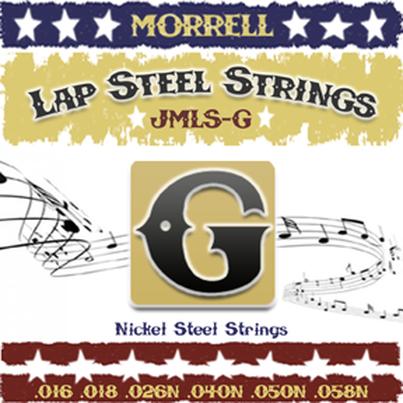
Are all lap steel strings created equal? Let’s explore some of the top brands.
Drawing from my editorial experience in the field, I’ve found that the choice of guitar string sets can greatly influence your playing experience on both hollow body lap steel strings and solid body lap steel strings. Moving through the intricacies of string selection, certain brands have consistently stood out, offering refined quality and unique features that cater to the diverse needs of lap steel guitarists.
Over the years, I’ve tested various strings and witnessed the evolution of manufacturing techniques. Companies like Ernie Ball, D’Addario, and GHS have invested immensely in research to deliver strings with superior tone and durability. These brands focus on crafting strings with optimal tension and gauge, suited to either hollow or solid body configurations. This focus allows musicians to achieve the perfect balance between sustain and clarity, enhancing the instrument’s natural resonance. Ultimately, the choice of strings contributes to what makes a lap steel guitar sing.
Understanding these distinctive features helps you navigate the fascinating world of lap steel guitars, equipping you with the knowledge to make informed decisions about which strings best suit your style and instrument. Now that we’ve explored the nuances of top brands, let’s delve into the options for purchasing these strings.
Where to Buy Lap Steel Guitar Strings?
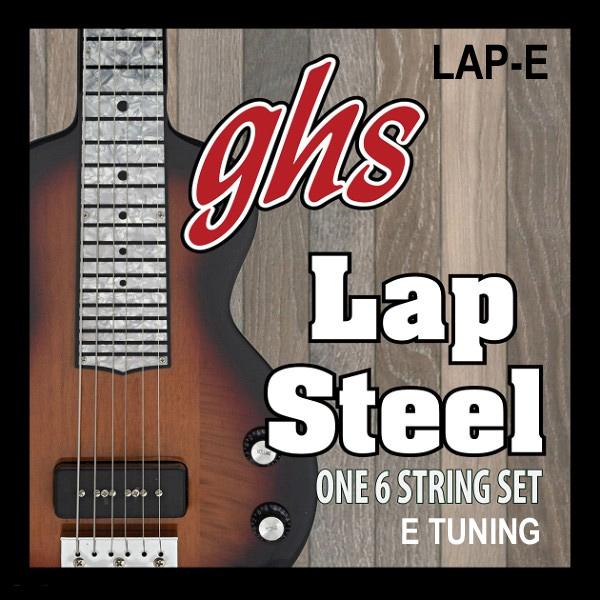
Finding the right strings can be a challenge. Where should you start looking? As someone deeply immersed in the world of lap steel guitars, I’ve gathered insights over the years from personal experiences and extensive community feedback on where to snag the best lap steel guitar strings. Choosing the right lap steel guitar accessories involves knowing your go-to places for reliable and quality strings.
My journey often leads me to a mix of online platforms and local music shops. Online retailers like Sweetwater and Musician’s Friend provide a vast array of options with detailed descriptions, making it easier to find the specific gauge and material that suits my needs. Meanwhile, supporting local guitar shops isn’t just about convenience; it’s about fostering a community that understands the nuances of our passion for lap steel guitars. These stores often feature knowledgeable staff who can offer personal recommendations based on firsthand experience with the products.
The right strings can transform your playing experience, and finding them requires a balance of research and community support. By tapping into these trusted sources, you ensure your lap steel guitar delivers the best sound possible.
When to Change Your Strings?
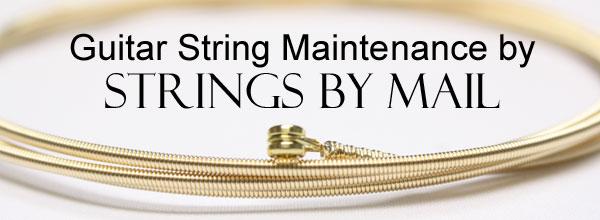
As a seasoned enthusiast of lap steel guitars, I’ve had my fair share of string woes and wonders. Over the years, one question has persistently surfaced: How often should you really be changing your strings? The answer might surprise you! Through countless performances and personal practice sessions, I’ve come to realize that lap steel guitar maintenance is a subtle art that directly influences the soul of my sound.
Regularly changing strings isn’t just a routine task—it’s a pivotal aspect of maintaining my desired tone. I’ve found that even the most high-quality strings lose their brilliance over time, impacting both the tactile feel and auditory pleasure. Each time I swap out old strings, it’s like breathing new life into my instrument. There’s a vibrancy and clarity that freshly wound metal brings, reminding me of my first time behind the steel.
Despite what some might think, there’s no definitive rule on timing. Factors like frequency of play, sweat acidity, and environmental conditions all play a part. I remember a gig where unexpectedly old strings tarnished my entire set, teaching me the hard way about the impact of complacency. Since then, I’ve learned to evaluate my strings’ condition routinely, always striving for that crisp and resonant sound.
Embracing this approach has not only refined my playing but also instilled a deep appreciation for the nuanced relationship between musician and instrument. Therefore, I encourage every fellow lap steel player to develop their personalized string swapping rhythm, ensuring their guitar always sings its truest song.
How to Choose Strings Based on Tuning?
Tuning Variations and Their String Requirements
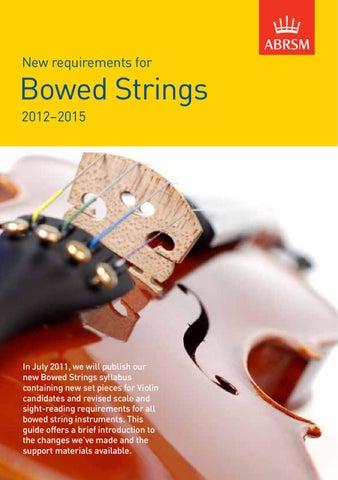
Did you know that the choice of string winding can significantly affect your sound depending on tuning? In my years of exploring the nuances of lap steel guitars, I’ve found that *tuning variations* are essential factors when choosing the right strings. Each tuning, whether it’s C6, E9, or Dobro, dictates specific string tensions, which in turn influence how your instrument resonates and projects sound.
Take *flatwound strings*, for instance. Their smooth surface reduces string noise, making them ideal for jazzy tonalities or when clarity in *lower tunings* is desired. Conversely, *nickel wound strings* offer a bright and responsive sound tailored for higher tunings, where distinct note articulation is essential.
My research, building on R.M. Mottola’s findings, delves deeper into how these winding techniques fundamentally alter the *acoustic properties* of lap steel guitar strings. Understanding these differences can significantly elevate your playing experience, helping you choose strings that not only match your tuning preference but enhance your overall sound quality.
This detailed awareness of string characteristics is integral to the earlier aspect of our guide, ‘How to Choose Strings Based on Tuning?’, offering practical insights to ensure your instrument produces optimal sound, regardless of your chosen tuning. As we proceed, we’ll focus on *real-life applications* and factors influencing string maintenance, bridging your journey from choosing to changing strings.
FAQs
What are the most popular brands of lap steel guitar strings?
What types of strings are used for lap steel guitars?
What string gauge is recommended for lap steel guitars?
Are there any specific tuning considerations for lap steel guitar strings?
How often should lap steel guitar strings be changed?
Conclusion
Is the journey of finding the perfect lap steel guitar strings over, or is it just beginning? Reflecting on the nuanced selection, it’s clear that string choice profoundly shapes your playing style. As I’ve explored, factors like brand reputation, material, and tuning requirements uniquely affect tone and performance. By understanding each brand’s offering and aligning it with your playing needs, you ensure an enriched musical experience. Strings are more than tools; they are integral to your sound’s essence. As R.M. Mottola, I recognize that this evolving journey encourages ongoing exploration, ensuring each note resonates with authenticity and passion.

R.M. Mottola, an engineer-turned-luthier, revolutionizes stringed instrument design with his deep focus on acoustics and ergonomics since 1994. As editor of the Savart Journal and a key contributor to American Lutherie, Mottola merges science with artistry in lutherie. He enriches the field with his extensive knowledge, shared through his Liutaio Mottola website, making him a beacon in the world of modern instrument craftsmanship.
